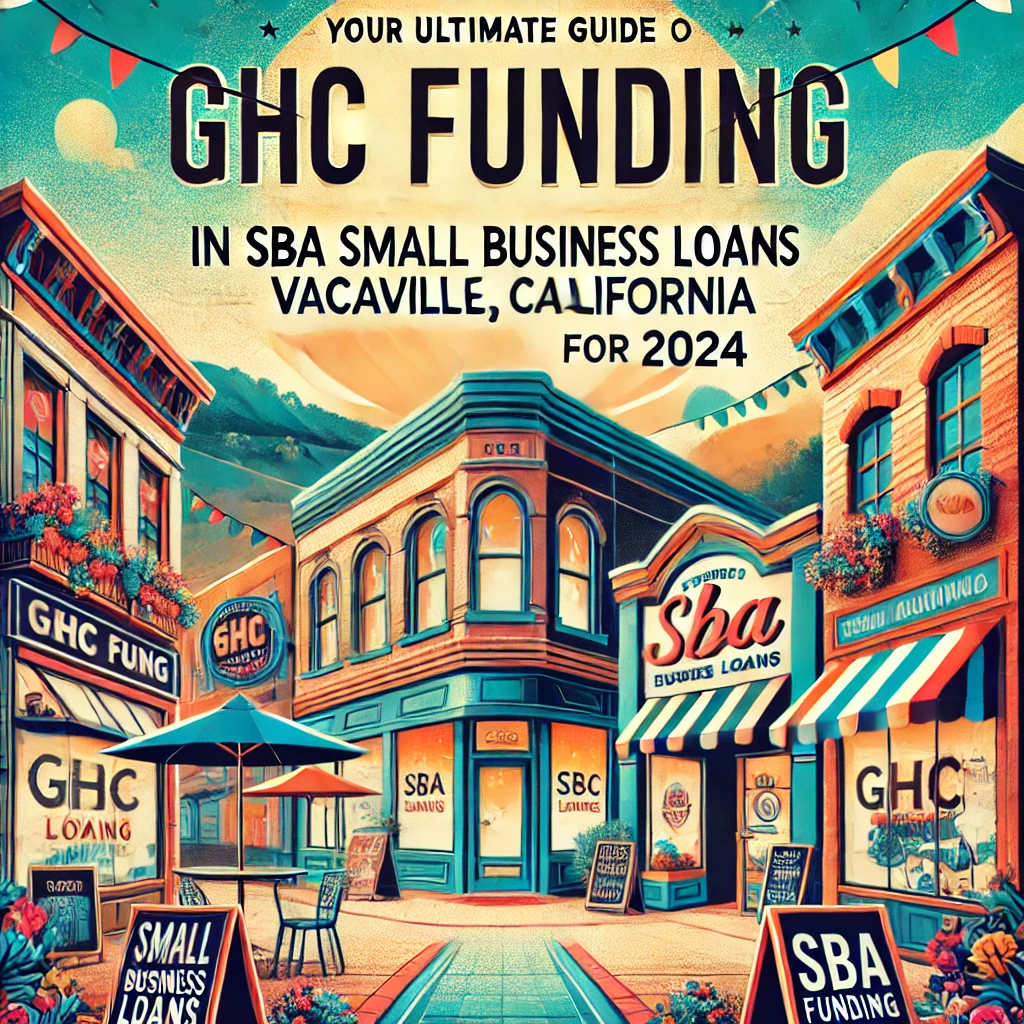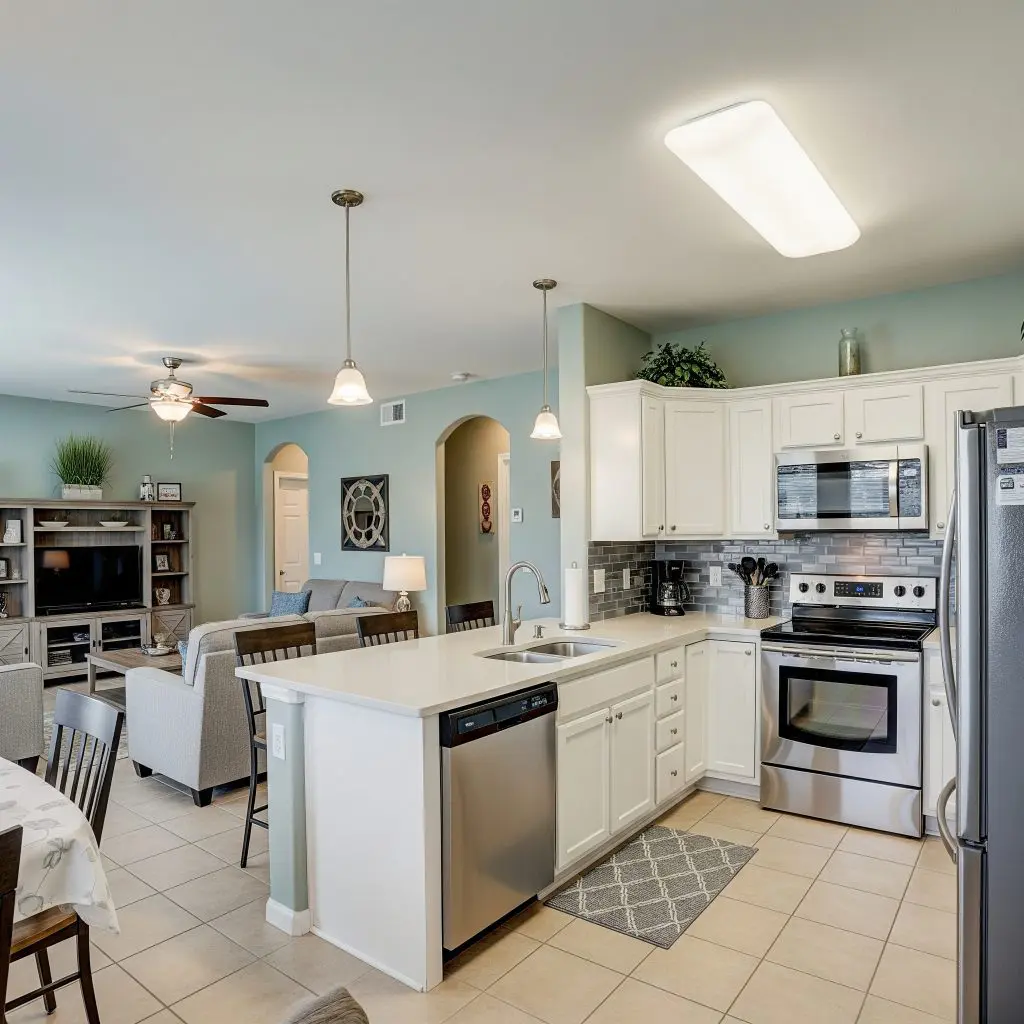Minnesota Inflation Budgeting & Real Estate Investment Guide 2025: State-Specific Strategies
With inflation remaining a predominant economic concern in 2025, strategic budgeting and intelligent real estate investments are crucial—especially in Minnesota, a state known for its robust economy, high standard of living, and diverse real estate opportunities. This comprehensive guide examines inflation trends, cost-of-living budgeting, top real estate investment areas, and advanced strategies to hedge against inflation, focusing specifically on Minnesota’s metropolitan areas and regional markets.
- Minnesota Inflation Budgeting & Real Estate Investment Guide 2025: State-Specific Strategies
- Economic Overview: Minnesota in 2025
- Inflation Trends in Minnesota
- Budgeting for Inflation in Minnesota
- Real Estate Markets in Minnesota: 2025 Outlook
- State Economic Policies & Real Estate
- Cost of Living & Property Taxes
- Population Growth & Job Market Dynamics
- Local Market Analysis & Opportunities
- Inflation Hedging Strategies: Minnesota Real Estate
- Local Regulatory Landscape & Incentives
- Case Studies: Minnesota Investors Navigating Inflation
- Practical Tips for Minnesota Real Estate Investors in 2025
- 2025 Minnesota Economic Forecast: Summary
- Conclusion
Economic Overview: Minnesota in 2025
- Population: Estimated at 5.9 million, with a steady annual growth of 0.5% driven by economic opportunity and quality of life.
- Major Cities: Minneapolis, Saint Paul, Rochester, Duluth, Bloomington
- 2025 Inflation Rate: Statewide CPI projected at 3.8%, somewhat higher than national average, influenced by energy and housing markets.
- Economic Drivers: Healthcare (Mayo Clinic in Rochester), Finance, Technology, Food Processing, Education, Manufacturing
- Unemployment Rate: 3.2%, indicating a tight labor market
- State GDP Growth: Projected 2.1% in 2025
Inflation Trends in Minnesota
Minnesota’s core inflation is influenced by:

- Rising Housing Costs: Metro housing demand remains high, especially in the Twin Cities. Median home price in Minneapolis is projected to hit $425,000 by mid-2025.
- Utilities and Energy: Winter heating costs are volatile and a significant aspect of inflation for residents.
- Healthcare: Above-average healthcare inflation due to premium quality and innovation headquartered in the state.
- Food Price Inflation: Expected to stabilize mid-2025, but still a budgetary concern for most households.
Budgeting for Inflation in Minnesota
Residents must employ disciplined, state-specific budgeting strategies:
Need capital? GHC Funding offers flexible funding solutions to support your business growth or real estate projects. Discover fast, reliable financing options today!
Test Your Expertise: The Complexities of the 1031 Exchange

As a sophisticated real estate investor, you understand that the 1031 Exchange is a cornerstone strategy for tax deferral and wealth accumulation. But beyond the basics, the intricacies of the 1031 Exchange rules can pose significant challenges. This quiz is designed to test your in-depth knowledge and highlight critical nuances that separate casual investors from true experts in 1031 Exchange transactions.
Instructions: Choose the best answer for each question.
⚡ Key Flexible Funding Options
GHC Funding everages financing types that prioritize asset value and cash flow over lengthy financial history checks:
-
Bridge Loans: These are short-term loans used to "bridge the gap" between an immediate need for capital and securing permanent financing (like a traditional loan or sale). They are known for fast closing and are often asset-collateralized, making them ideal for time-sensitive real estate acquisitions or value-add projects.
-
DSCR Loans (Debt Service Coverage Ratio): Primarily for real estate investors, these loans are underwritten based on the property's rental income vs. debt obligation ($\text{DSCR} = \text{Net Operating Income} / \text{Total Debt Service}$), not the borrower's personal income or tax returns. This offers flexibility for those with complex finances.
-
SBA Loans: The Small Business Administration (SBA) guarantees loans offered by partner lenders. While providing excellent terms (long repayment, lower rates), the application process is typically slower than private/bridge funding, often making them less suitable for immediate needs. SBA eligibility heavily relies on the DSCR metric for repayment assessment.
🌐 Learn More
For details on GHC Funding's specific products and to start an application, please visit their homepage:
The Ultimate DSCR Loan for Rental Property Quiz

Are you looking to expand your real estate investment portfolio? A DSCR loan might be the perfect tool to help you achieve your goals without relying on traditional income documentation. Test your knowledge with this quiz to see if you're ready to master the intricacies of a DSCR loan for rental property.
- Utilities: Allocate 15-20% above 2024 budget for energy and heating, especially in winter. Utility costs in Duluth and Rochester tend to be higher than in the Twin Cities due to climate.
- Groceries & Essentials: Source from local co-ops and markets which can offer seasonal produce and locally made goods at lower margins, reducing exposure to national price swings.
- Transportation: Leverage extensive metro transit systems in Minneapolis-Saint Paul, reducing exposure to gas price volatility.
- Housing: Renters should be aware of lease renewal escalators (3-7% common in the metro region for 2025). Homeowners should review fixed-rate mortgage options to lock in costs.
- Property Taxes: Minnesota’s property taxes are moderate but can escalate with property valuations. Homeowners should account for likely 5-8% assessment increases in 2025.
- Healthcare: Utilize employer-sponsored or state-backed health plans with stable premiums to cap health care spending.
- Emergency Budget: Maintain a minimum 6-month living expense buffer in liquid savings to guard against price shocks.
Real Estate Markets in Minnesota: 2025 Outlook
Minnesota presents diversified real estate investment opportunities, with urban rental properties at the forefront for high inflation hedging in 2025.
Investment Focus: Urban Rental Properties in the Twin Cities
- The Minneapolis-Saint Paul metro area is projected to remain the most resilient and profitable rental market in the state.
- Population inflow, especially young professionals and downsizing retirees, sustains high rental demand.
Top Minneapolis Neighborhoods for Investment
- North Loop: Popular for luxury lofts and high walkability, 2025 rent growth projected at 6%.
- Uptown: Young professional hub; midmarket apartments offer stable returns, 4-6% annualized rental yield.
- Powderhorn & Longfellow: Gentrifying neighborhoods with new developments and modest entry prices, poised for above-average appreciation.
Saint Paul Key Rental Areas
- Lowertown: Redevelopment success story, drawing creative professionals and tech workers.
- Macalester-Groveland: Proximity to colleges drives consistent rental demand.
Beyond the Twin Cities: Rochester & Duluth
- Rochester: Strong rental demand from Mayo Clinic’s workforce. 2025 apartment vacancy rates under 4%.
- Duluth: University-driven demand and tourism support short-term and long-term rentals.
Rental Investing Metrics in Minnesota (2025 Projections)
- Statewide rental vacancy: 4.2% (Metro: 2.9%)
- Gross rent multiplier: 11.3 in Minneapolis; 10.6 in Saint Paul; 9.8 in Rochester
- Cap rates: Average 5.3% in urban cores, higher in university towns and outer suburbs
State Economic Policies & Real Estate
Minnesota offers favorable policies for responsible landlords and smart investors:
- Homestead Credit: Reduces property taxes for primary residences
- Opportunity Zone Program: Tax advantages in select districts of Minneapolis, Saint Paul, and Duluth
- Eviction Protections: Balanced, with pro-renter provisions that stabilize rental markets and reduce volatility
- Energy Efficiency Incentives: Grants and tax credits for solar installations and weatherization
Cost of Living & Property Taxes
- Cost of Living Index (2025): State average 105 (U.S. baseline 100); Minneapolis 111, Duluth 103
- Property Tax Rate: Median effective rate 1.02% (compared to 1.07% U.S. median)
- Insurance: Property insurance may rise 8-10% due to storm and climate-related concerns
Population Growth & Job Market Dynamics
- Net Migration: Net positive; influx driven by public health, education, and tech sectors
- Job Growth: Healthcare (Rochester/Mayo), Tech (Downtown Minneapolis), and Advanced Manufacturing (Saint Cloud)
- Demographic Shifts: Growing millennial and Gen Z renter base in major metros
Local Market Analysis & Opportunities
| City/Metro Area | 2025 Rental Vacancy | Median Rent | Growth Sector |
|---|---|---|---|
| Minneapolis | 2.7% | $1,970 | Tech/Finance |
| Saint Paul | 3.1% | $1,660 | Education/Healthcare |
| Rochester | 3.9% | $1,520 | Healthcare |
| Duluth | 4.2% | $1,300 | Tourism/Education |
| Bloomington | 3.4% | $1,850 | Corporate/Distribution |
Inflation Hedging Strategies: Minnesota Real Estate
- Index-linked Leases: Rental agreements tied to the Minneapolis CPI, common in new multifamily developments
- Value-Add Opportunities: Focus on Class B apartment acquisitions for renovation and rent repositioning
- Diversification: Mix long-term residential holdings with short-term rental assets in Duluth and along lakefront towns
- Mixed-Use Development: Invest in urban renewal projects, especially in Northeast Minneapolis and Saint Paul’s Midway
Local Regulatory Landscape & Incentives
- Rent Control: St. Paul voters approved rent stabilization measures, limiting increases to 3%/year unless exemptions apply, balancing investor return and tenant stability
- Historic Preservation Grants: For redevelopment in designated Twin Cities districts
- Commercial Energy Rebates: For building upgrades in business properties in Minneapolis and major suburbs
- Transit-Oriented Development: Hennepin County offers incentives for developments near new light rail spurs
Case Studies: Minnesota Investors Navigating Inflation
The North Loop Success Story (Minneapolis)
✅ Small Business Resources
-
SBA – Small Business Administration
https://www.sba.gov - SCORE Mentors (Free Mentoring & Workshops)
https://www.score.org - Small Business Development Centers (SBDC)
https://americassbdc.org
Are You an SBA Real Estate Loan Expert?

Test your in-depth knowledge on using SBA Loans for owner-occupied commercial Real Estate acquisition. These questions delve into the critical details that can impact your business's growth and financial strategy.
In 2023, an investor group acquired a 28-unit loft complex in the North Loop. Through sustainable renovations and tech-driven amenities (smart locks, EV charging), they increased rents 11% in 18 months. High occupancy and CPI-linked escalators ensured returns kept pace with inflation.
St. Paul Rent Stabilization
✅ Real Estate Investor Resources
-
AirDNA (Short-Term Rental Data)
https://www.airdna.co - Rentometer (Rent Comps)
https://www.rentometer.com - Zillow Research & Data
https://www.zillow.com/research
DSCR Loan IQ Quiz!

Test your knowledge of Debt Service Coverage Ratio (DSCR) loans!
An owner of three apartment buildings in Macalester-Groveland navigated new rent control rules by focusing on quality-of-life upgrades, retaining tenants, and increasing non-rent revenues (parking, laundry). Despite capped rent hikes, the stabilized asset value attracted institutional buyers by 2025.
Rochester Medical District
A local partnership built 24 midmarket rental units targeted for Mayo Clinic contract workers. Utilizing federal Opportunity Zone incentives, they achieved first-year occupancy of 97% and hedged softening consumer price inflation with steady, healthcare-driven demand.
Practical Tips for Minnesota Real Estate Investors in 2025
- Target value-add or renovated multifamily assets in core metro areas for best inflation protection
- Evaluate municipal incentives and tax credits before acquisition
- Monitor rental ordinances locally, especially in St. Paul and Minneapolis, for compliance and opportunity
- Diversify into mixed-use and short-term rental properties in submarkets with tourism or university demand
2025 Minnesota Economic Forecast: Summary
- Steady population growth, urbanization trend
- Rental markets remain tight with upward pressure on rents in core areas
- Policy incentives favor energy-efficient and urban-infill projects
- Inflation will continue to elevate operating costs but can be offset through dynamic lease structures and value additions
Conclusion
Minnesota’s dynamic economic platform, coupled with its resilient rental and urban real estate markets, offers unique opportunities for inflation-resistant investment in 2025. By focusing on urban rental properties, leveraging policy incentives, and implementing smart budgeting practices tailored to Minnesota’s climate and economic drivers, investors and residents alike can weather inflationary pressures and achieve strong financial outcomes.
Get a No Obligation Quote Today.



